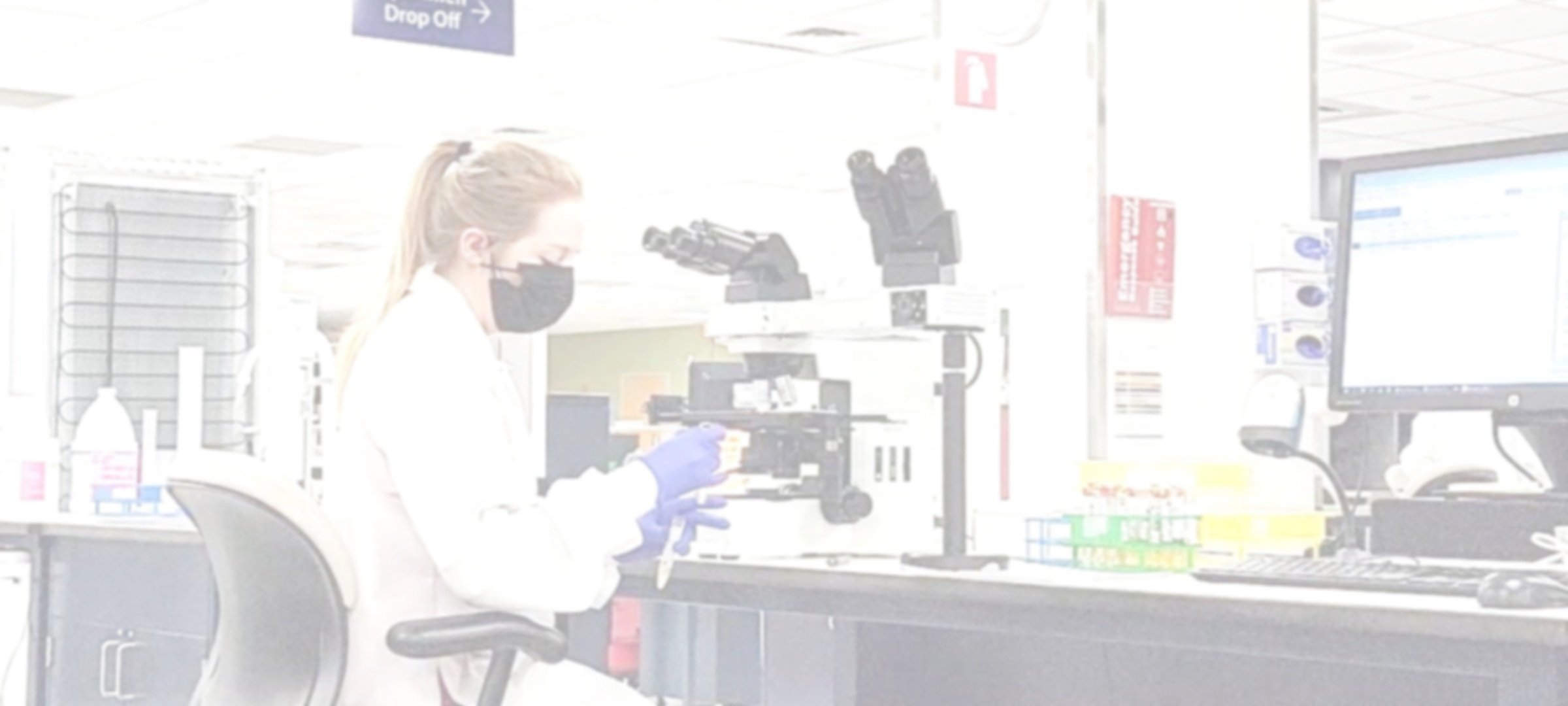
Do you know the different areas of the Lab?
-

This area of the lab is not filled with beakers and graduated cylinders. Clinical Chemistry is all about machines. And how we use these machines to detect proteins, hormones, and analytes while comparing them to already established ranges.
-

This is one of my favorite areas - maybe because it uses a microscope. In Hematology we dive into your blood at a cellular level to look at the structure and concentration of the RBC and WBC.
-

Have you ever donated your blood? Before giving blood to patients a series of test must be completed. The first one is seeing what would be a compatible blood types
A, B, AB, O… and Rh. -

The study of bacteria! Microbiology can be quite goss and smelly depending on what specimens we get - but anything that comes out of your body (except inanimate objects) we can culture. By culturing injuries or testing blood we can tell what bacteria or fungus is affecting you.
-

You might think this sounds disgusting - but it is truly intresting what can come out of your body. Urinalysis allows you to see the chemical and physical (under the microsocpe) makeup of what you excrete. Would you believe me if I said you may have crystals in your urine?
-

Platelets are a big part of clotting, but they need something to attach to. Fibrinogin, you can think of like a mesh, allows the platelets to bind and keep clot in place. To make sure Fibrinogin is being made properly the department of Coagulation looks into the steps that make Fibrinogen - its pathways.
